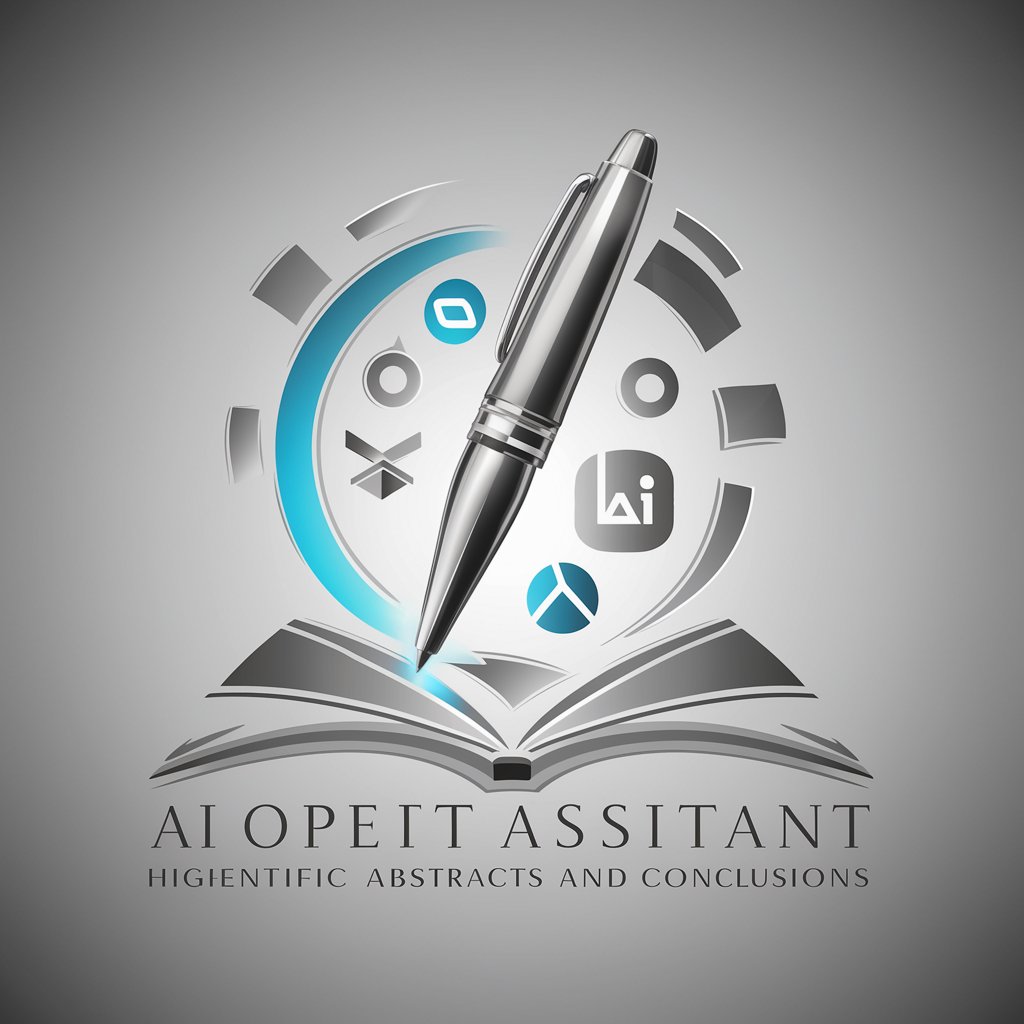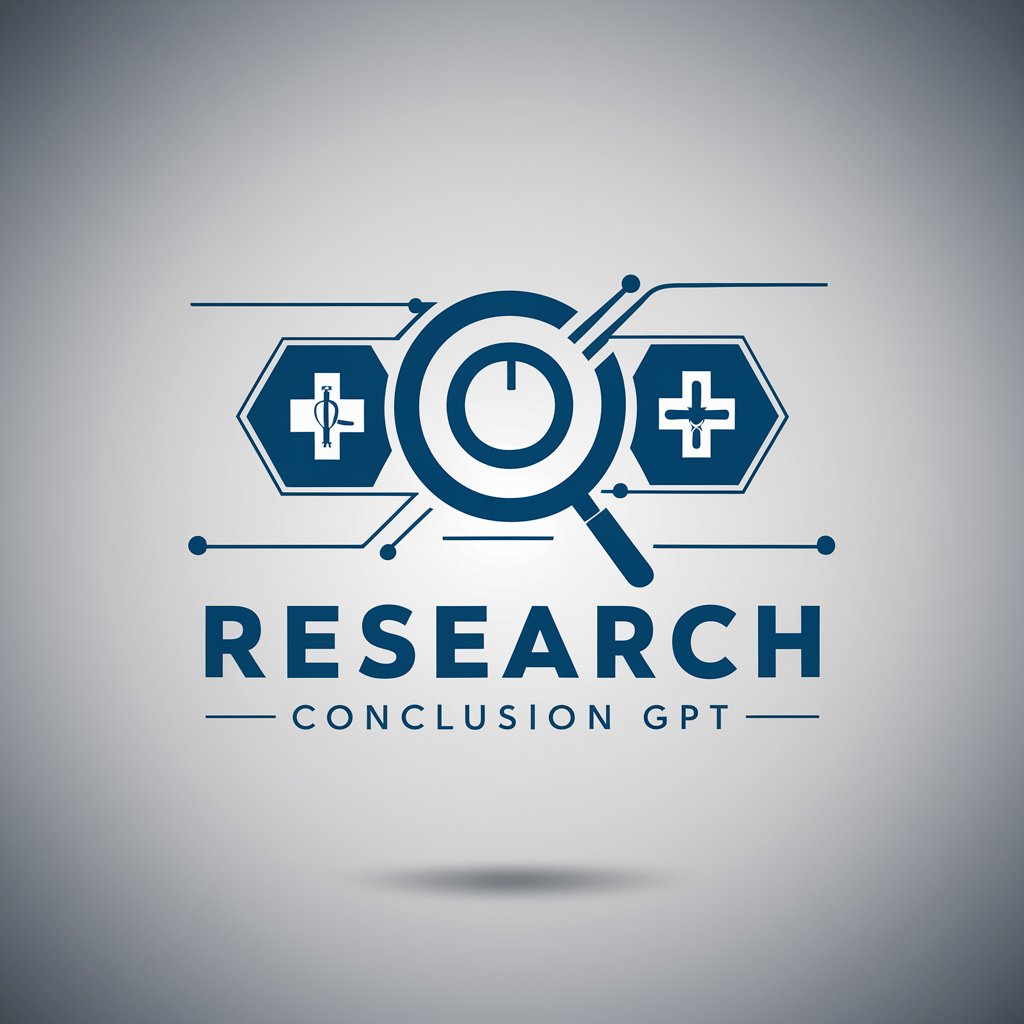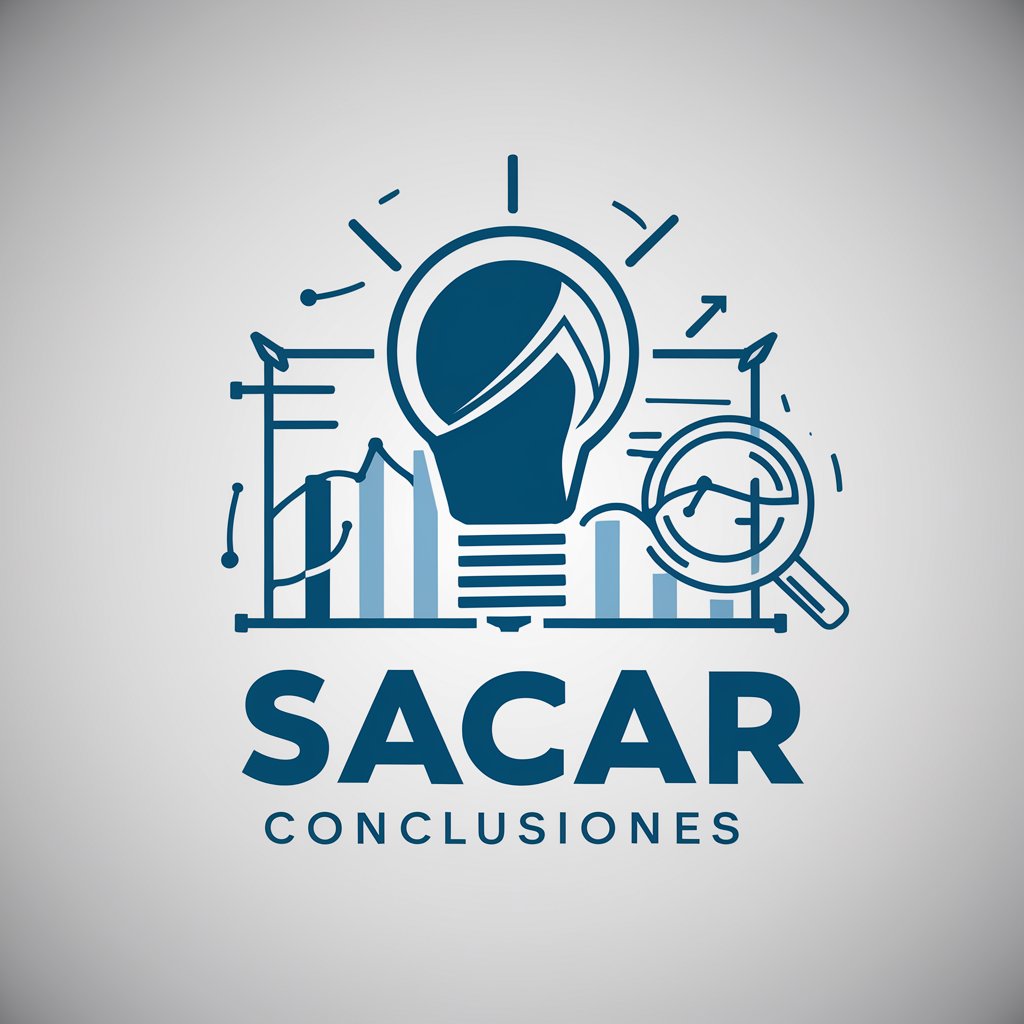Abstract and Conclusion writer - Abstract and Conclusion Crafting

Welcome! I'm here to craft top-tier scientific abstracts and conclusions for your manuscripts.
AI-powered scholarly writing refinement
Analyze the provided manuscript and identify the key findings to summarize in the abstract.
Compose a concise abstract that captures the essence of the study's methodology and results.
Formulate a conclusion that synthesizes the main outcomes and discusses their implications.
Draft an abstract that emphasizes the study's significance and novel contributions.
Get Embed Code
Introduction to Abstract and Conclusion Writer
The Abstract and Conclusion Writer is a specialized AI tool designed to assist in the drafting of abstract and conclusion sections for scientific manuscripts. Tailored for academic and research communities, its primary goal is to encapsulate the essence of a study, presenting its core findings, significance, and implications with precision and academic rigor. This tool is particularly adept at analyzing manuscripts' content to produce concise, informative abstracts and insightful conclusions that align with the standards of top-tier scientific journals. For instance, given a manuscript on the impact of climate change on coral reefs, the AI can generate an abstract summarizing the study's objectives, methods, key findings, and implications, while the conclusion would synthesize the results, discuss the broader implications, and possibly suggest directions for future research. Powered by ChatGPT-4o。

Main Functions of Abstract and Conclusion Writer
Generation of Abstracts
Example
For a study investigating the efficacy of a new drug, the AI can craft an abstract detailing the research question, methodology, key results, and their significance, ensuring a comprehensive snapshot of the study is presented.
Scenario
Researchers preparing to submit their manuscript to a scientific journal can use this function to distill their complex study into a succinct, engaging abstract suitable for publication.
Drafting of Conclusions
Example
In the context of a social science investigation on digital learning's effects on student performance, the AI synthesizes findings to articulate the study's contributions to educational practices, limitations, and recommendations for educators and policymakers.
Scenario
Academic authors finalizing their papers for conferences or journal submissions benefit from this feature by receiving assistance in highlighting their study's implications and future research directions.
Ideal Users of Abstract and Conclusion Writer Services
Academic Researchers
Scholars and scientists across disciplines who are involved in writing research papers, journal articles, or conference presentations. They benefit from streamlined abstract and conclusion writing processes, ensuring their submissions meet publication standards.
Graduate and Postgraduate Students
Students engaged in thesis writing or research projects can leverage this tool to effectively summarize their work and articulate its significance, which is crucial for their academic evaluations and future publications.
Journal Editors and Peer Reviewers
Professionals in these roles can use the AI to assist authors in refining their submissions' abstracts and conclusions, improving the overall quality and coherence of the manuscripts they manage.

How to Use Abstract and Conclusion Writer
1
Start by visiting yeschat.ai for a free trial, no login or ChatGPT Plus required.
2
Prepare your manuscript by ensuring it contains all necessary data and research findings you want included in the abstract and conclusion.
3
Copy and paste the main body of your manuscript into the tool, clearly indicating sections you want synthesized into an abstract and conclusion.
4
Use the provided prompts to specify any particular style or format requirements for the abstract and conclusion, if applicable.
5
Submit your request, and wait for the AI to generate a draft. Review and revise the output as necessary to align with your manuscript's objectives and the journal's standards.
Try other advanced and practical GPTs
Research conclusion
AI-powered health research insights at your fingertips.

Conclusión Experta
Unlock Comprehensive Insights with AI

Conclusion Crafter
Perfect Your Ending with AI

Glyph Blog Post Conclusion Writer
Crafting Conclusions with AI Precision

Conclusion Crafter
Crafting Conclusions with AI Precision

Endings & Conclusions
Crafting compelling story endings with AI

Sacar conclusiones
Empowering decisions with AI-driven insights.

Practical
AI-powered programming assistant at your service.

Practical Sage
Empowering Decisions with AI Insights

Practical Insights
Unlock insights from Italian texts with AI.

Practical Innovator
Empowering Innovation with AI

Practical Motivator
Empowering Your Offline Journey with AI

FAQs about Abstract and Conclusion Writer
Can Abstract and Conclusion Writer handle technical subjects?
Yes, it is designed to process and synthesize complex technical content across various fields, turning dense material into concise, coherent abstracts and conclusions.
Is it suitable for non-academic content?
While primarily aimed at academic manuscripts, it can also be adapted for summarizing reports, proposals, and other detailed documents requiring an abstract and conclusion.
How does the tool ensure academic rigor?
It analyzes the input manuscript's data and findings, using an algorithm trained on high-quality academic publications to maintain precision, clarity, and relevance.
What if I need to revise the output?
The tool is designed for iterative refinement, allowing users to tweak inputs and settings for improved outputs based on user feedback and specific requirements.
Can it adapt to different journal requirements?
Yes, by specifying format and style preferences, users can tailor the abstract and conclusion to meet the specific submission guidelines of various journals.
